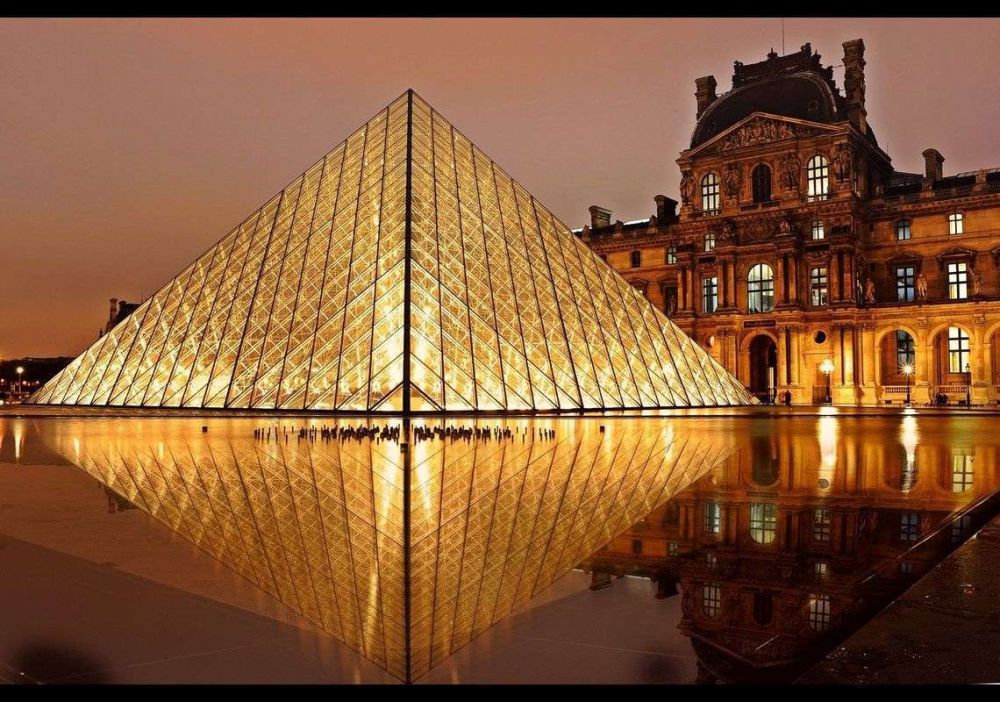

The Louvre Museum in Paris, France, is not only one of the world's largest and most visited museums, but also a historic monument with a rich history that begins long before it became the cultural powerhouse it is today.
Originally built as a fortress in the late 12th century by King Philip Augustus, the Louvre transformed over the years, reflecting the lavish tastes of France's monarchy. During the 16th century, Francis I replaced it with a Renaissance-style palace, where many kings lived and expanded the building.
The idea of using the Louvre as a public museum emerged in the 18th century during the Enlightenment, as thinkers began to advocate for the display of royal collections for the education of the public. This notion came to fruition after the French Revolution, when the National Assembly declared the Louvre would be repurposed to house the nation's masterpieces.
The Musée Central des Arts, the Louvre's initial name, opened on August 10, 1793, with an exhibition of 537 paintings, the majority of the works being royal and confiscated church property. Expansion of the collection continued throughout the Napoleonic era, with military campaigns contributing to its growth.
Through the 1800s, the collection became more diverse, and by the mid-19th century, the Louvre underwent significant restorations and expansions, including the construction of the iconic glass pyramid in the main courtyard, designed by architect I. M. Pei, which was completed in 1989.
Today, tourism at the Louvre Museum is an essential part of Paris's economy. Since the late 20th century, the Louvre has consistently worked on making art accessible to a broader audience. The creation of the pyramid, while controversial at the time, vastly improved the museum's entrance and its ability to handle the increasing number of visitors.
The museum's extensive collection, from ancient civilizations to 19th-century European masterpieces, attracts millions of visitors each year. The Louvre's most famous pieces include the Mona Lisa, the Venus de Milo, and the Winged Victory of Samothrace.
In response to the global pandemic, the Louvre has enhanced its digital presence, offering virtual tours and online galleries to reach an international audience. Additionally, measures to improve the visitor experience, such as timed tickets and crowd management, reflect the latest trends in museum tourism.
The museum continues to innovate with new exhibitions, multimedia guides, and educational programs, ensuring that it remains at the forefront of the cultural tourism industry. Dedicated efforts to preserve and present the museum's vast collection contribute to the Louvre's status as a global center for art, history, and culture.